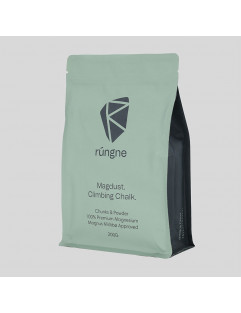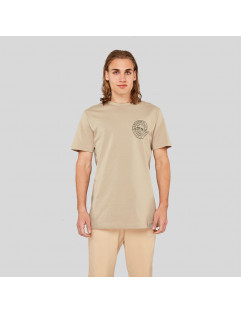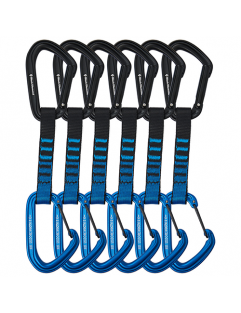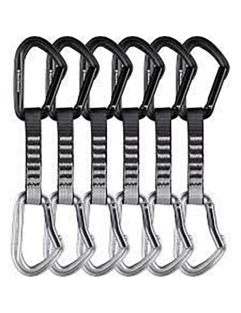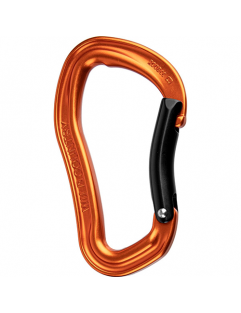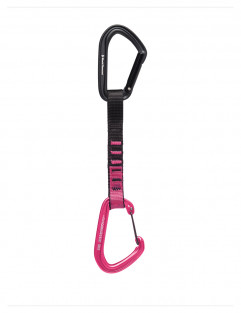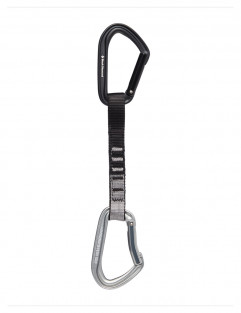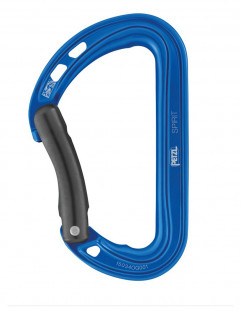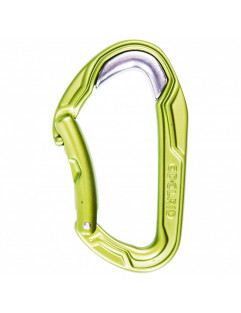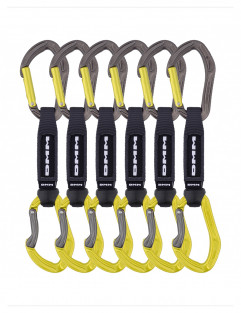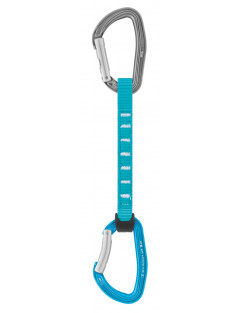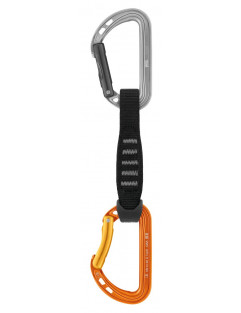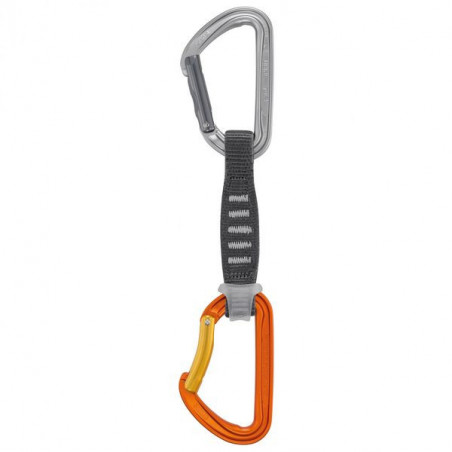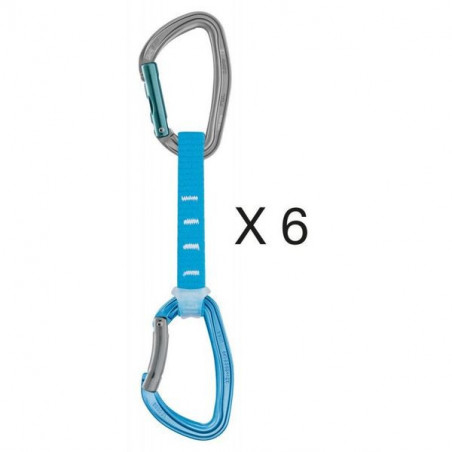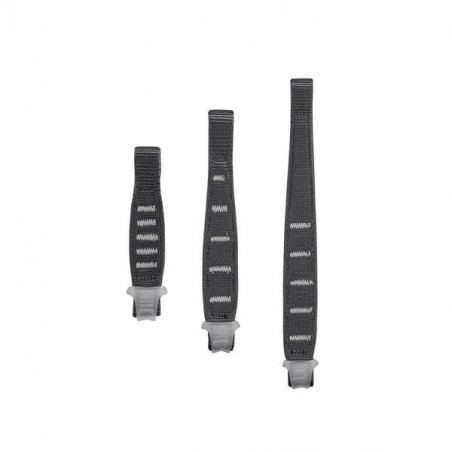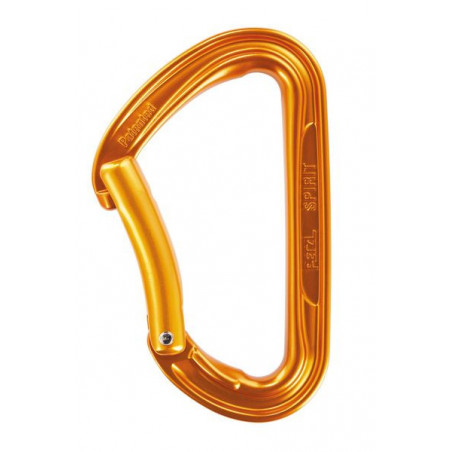New products
home
Arc'teryx -...skin-care
Rhino - Mickeys...locking-carabiners
Petzl - Attache...mens-harnesses
Petzl - Corax...mens-harnesses
Petzl - Corax...Active filters
quickdraw-set
Black Diamond - Hotforge Hybrid Quickpack 6 x 12 cm - Bluequickdraw-set
Black Diamond - Hotforge Quickpack 6 x 12 cm - Light Grayquickdraw-carabiners
Wild Country - Electron Bent Gate - Climbing Carabinersingle-quickdraws
Black Diamond - Hotforge Hybrid Quickdraw - 16 cm - Ultra...climbing-equipment
Petzl - Express (2023) - Black - Quickdraw Slingsingle-quickdraws
Black Diamond - Hotforge Quickdraw - 16 cm - Light Grayquickdraw-carabiners
Petzl - Spirit (2023) - Bent - Climbing Carabinerquickdraw-carabiners
Edelrid - Bulletproof Bent II - Oasis - Climbing Carabinerquickdraw-set
DMM - Alpha Sport 6 x 12 cm - Titanium/Lime - Quickdraw Packsingle-quickdraws
Petzl - Djinn Axess (2023) - Turquoise - Quickdrawquickdraw-set
Petzl - Djinn Axess 6 x 11 cm (2023) - Quickdraw Packsingle-quickdraws
Petzl - Spirit Express (2023) - Quickdraw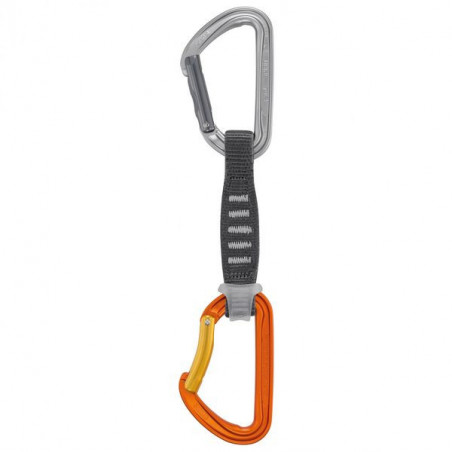
Quickdraws
How to Choose Quickdraws
When you are out shopping for quickdraws there are several things to look out for. The three basic questions you need to ask yourself are first of all, how many quickdraws do I need? Second, ask yourself what gate opening you need/prefer. And finally you need to decide on the length of the sling. More advanced climbers know that there is a bit more to it, like carabiner size&shape or sling material&width and of course weight strength ratio but let's stick to the first 3 for now.
How many quickdraws do I need?
That depends entirely on the length of the route you are climbing and wether it is quiet straight or not. Furthermore, when a guidebook lists the number of bolts on a route, that’s also your quickdraw total but you always want 1 or 2 extra just in case. And consider that if you use quickdraws to build your anchor you'll need those extra to the bolts.
| average sport route (15m) | 12 quickdraws |
| longer sport routes (30m) | 16-18 quickdraws |
| sport routes 35m+ | 24+ quickdraws |
| Routes requiring a 70m rope or longer | 12+ quickdraws |
What gate opening do I need?
The 3 main gate openings on quickdraws are:
 - straight gate: solid straight gates that are easy to operate
- straight gate: solid straight gates that are easy to operate
 - bent gate: concave gate that makes clipping a rope quick and easy
- bent gate: concave gate that makes clipping a rope quick and easy
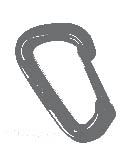 - wire gate: loop of stainless-steel wire for a gate decreasing overall weight
- wire gate: loop of stainless-steel wire for a gate decreasing overall weight
Also watch out for the keylock system, a system which keeps the carabiner from hooking and catching on your harness gear loop and other annoying places, by giving it a smooth notch at the point where gate and carabiner interact.
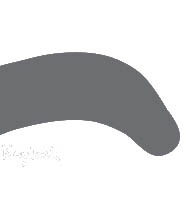 it can be found on some straight&bent gate openings. You will most likely pay a little extra for this but it's worth it.
it can be found on some straight&bent gate openings. You will most likely pay a little extra for this but it's worth it.
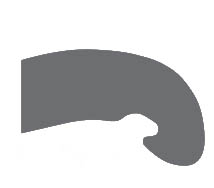 Wire gate are always non keylock quickdraws.
Wire gate are always non keylock quickdraws.
What sling length do I need?
Another thing climbers consider when buying quickdraws is the length of the sling. Sport climbers tend to buy pre-made slings whereas alpinists tend to compose them themselves. Short slings are light but long slings are good at reducing drag.
When the route is pretty straight it is best to use shorter slings for reduced weight, between 10-12 cm.
When the route is not traveling in a straight path and/or more than 12 quickdraws are required, climbers tend to choose a sling between 17 and 18 cm long.
In general for sports climbing it is beneficial to have a variety of lengths with you because the route might develop differently than planned.
Trad climbers usually build their own quickdraws by taking a 60cm or longer sewn sling and clipping two carabiners of choice to the sling.
What else do experienced climbers look for in quickdraws?
- carabiner size - the smaller, the lighter but also more difficult to clip
- carabiner shape - affects the ease of use depending on hand size
- carabiner gate open clearance - affects the ease of use, too small can cause fingers to get stuck while too big can complicate clipping
- overall weight - saving weight can give you an advantage on long climbs
- sling material - depending on material, different weight
- sling width - Skinnier slings are lighter, but they also tend to be a bit harder to handle than a wider sling. Also affects overall weight
- carabiner strength - the stronger, the better. Consider everything else first and then choose the strongest carabiner that fits.
The choices are endless and difficult today so contact our Customer Service or send us a mail to help you choose the right product for your needs.
Shop online.........more time to climb.
Casper's Supports Your Summit
Subcategories
-
Single Quickdraws
<h1 class="cdr-my-space-one-x cdr-text cdr-text--heading-serif-800@xs cdr-text--heading-serif-strong-900">How to Choose Quickdraws</h1> <p>When you are out shopping for quickdraws there are several things to look out for. The three basic questions you need to ask yourself are first of all, how many quickdraws do I need? Second, ask yourself what gate opening you need/prefer. And finally you need to decide on the length of the sling. More advanced climbers know that there is a bit more to it, like carabiner size&shape or sling material&width and of course weight strength ratio but let's stick to the first 3 for now. </p> <p>So here we will go over the point of how many quickdraws do you need?</p> <p>The number of draws you require kind of decides whether you'll need to buy a pack or single draw. For example, here in Berdorf, Luxembourg you could say that with 13 draws you can climb 99% of the routes. So what is the smart way to do? Buy 2x6 pack of draws (usually saves money) and get 1 or 2 extra single draws. With the single draws you could go and get some with longer slings compared to the packs you just bought, you could go for a different gate opening or just get the same one you bought as a pack.</p> <p></p> -
Quickdraw Set
<h1 class="cdr-my-space-one-x cdr-text cdr-text--heading-serif-800@xs cdr-text--heading-serif-strong-900">How to Choose Quickdraws</h1> <p>When you are out shopping for quickdraws there are several things to look out for. The three basic questions you need to ask yourself are first of all, how many quickdraws do I need? Second, ask yourself what gate opening you need/prefer. And finally you need to decide on the length of the sling. More advanced climbers know that there is a bit more to it, like carabiner size&shape or sling material&width and of course weight strength ratio but let's stick to the first 3 for now. </p> <p>So here we will go over the point of how many quickdraws do you need?</p> <p>The number of draws you require kind of decides whether you'll need to buy a pack or single draw. For example, here in Berdorf, Luxembourg you could say that with 13 draws you can climb 99% of the routes. So what is the smart way to do? Buy 2x6 <strong>pack</strong> of draws (<strong>usually saves money</strong>) and get 1 or 2 extra single draws. With the single draws you could go and get some with longer slings compared to the packs you just bought, you could go for a different gate opening or just get the same one you bought as a pack.</p> -
Quickdraw Slings
<h1 class="cdr-my-space-one-x cdr-text cdr-text--heading-serif-800@xs cdr-text--heading-serif-strong-900">How to Choose Quickdraws</h1> <p>When you are out shopping for quickdraws there are several things to look out for. The three basic questions you need to ask yourself are first of all, how many quickdraws do I need? Second, ask yourself what gate opening you need/prefer. And finally you need to decide on the length of the sling. More advanced climbers know that there is a bit more to it, like carabiner size&shape or sling material&width and of course weight strength ratio but let's stick to the first 3 for now. </p> <p>So here we will focus on point 3, what length sling do you need?</p> <p>It is always good to have a variety of sling lengths in your quick draw kit, you never know what the situation will demand of you.</p> <p>Short slings are good because they are lighter and better to grab should you need to. </p> <p>Long slings can come in handy in two different situations. First of all, when you first go into a route to put up the draws, maybe you find a clipping point to be to hard and would be a lot easier if the bolt was a bit closer. Since you can't really move the bolt or drill a new one, you could clip a long slinged quickdraw so that when red pointing the clipping is easier. Furthermore, a long quickdraw comes in handy if there is a roof leading into a slab and the clip is just above the roof. Here you want a long quickdraw so that the carabiner of the quickdraw can hang freely and not rub against the rock.</p> -
Quickdraw Carabiners
<h1 class="cdr-my-space-one-x cdr-text cdr-text--heading-serif-800@xs cdr-text--heading-serif-strong-900">How to Choose Quickdraws</h1> <p>When you are out shopping for quickdraws there are several things to look out for. The three basic questions you need to ask yourself are first of all, how many quickdraws do I need? Second, ask yourself what gate opening you need/prefer. And finally you need to decide on the length of the sling. More advanced climbers know that there is a bit more to it, like carabiner size&shape or sling material&width and of course weight strength ratio but let's stick to the first 3 for now. </p> <p>So here we will be focusing on point 2, what gate opening do you need?</p> <h2>What gate opening do I need?</h2> <p>The 3 main gate openings on quickdraws are:</p> <p><img src="https://caspersclimbingshop.com/img/cms/gate%20straight.jpg" alt="Straight Gate" width="143" height="183" /> - straight gate: solid straight gates that are easy to operate</p> <p><img src="https://caspersclimbingshop.com/img/cms/bent%20gate.jpg" alt="Bent Gate" width="150" height="172" /> - <a href="https://www.caspersclimbingshop.com/quickdraws/332-spirit.html" target="_blank" rel="noreferrer noopener">bent gate</a>: concave gate that makes clipping a rope quick and easy</p> <p><img src="https://caspersclimbingshop.com/img/cms/wire%20gate.jpg" alt="wire gate" width="122" height="159" /> - <a href="https://www.caspersclimbingshop.com/carabiners/2302-hoodwire.html" target="_blank" rel="noreferrer noopener">wire gate</a>: loop of stainless-steel wire for a gate decreasing overall weight </p> <p></p> <p>Also watch out for the <span style="text-decoration:underline;"><strong>keylock</strong> <strong>system</strong></span>, a system which keeps the carabiner from hooking and catching on your harness gear loop and other annoying places, by giving it a smooth notch at the point where gate and carabiner interact. </p> <p><img src="https://caspersclimbingshop.com/img/cms/keylock.jpg" alt="keylock" width="130" height="147" /> it can be found on some straight&bent gate openings. You will most likely pay a little extra for this but it's worth it.</p> <p><img src="https://caspersclimbingshop.com/img/cms/nonkeylock.jpg" alt="non keylock" width="134" height="118" /> Wire gate are always non keylock quickdraws.</p> <p></p> <p>Now that you know what gates and openings there are, which one should you choose?</p> <p>Full gate is solid, weighs a bit more and most likely has a keylock system. They are the standard quickdraws, come in different lengths and colours but are generally more than enoiugh for sports climbing. </p> <p>The wire gate is a bit more fragile, weighs less and most likely does not have the keylock system. These draws are first of all better for alpinism, with dropping temperatures the wire gate has no risk of freezing shut the way a full gate would do. They are better if you have to carry loads of gear, every gram saved is essential. The only downside is the unclipping of plaquettes. It can get annoying when the little hook on the biner gets stuck in the bolt, however this is on the way down so it will not impact your climb.</p>





